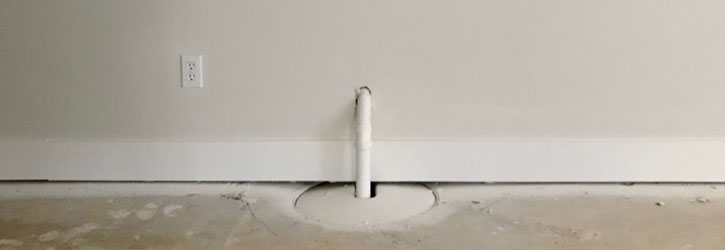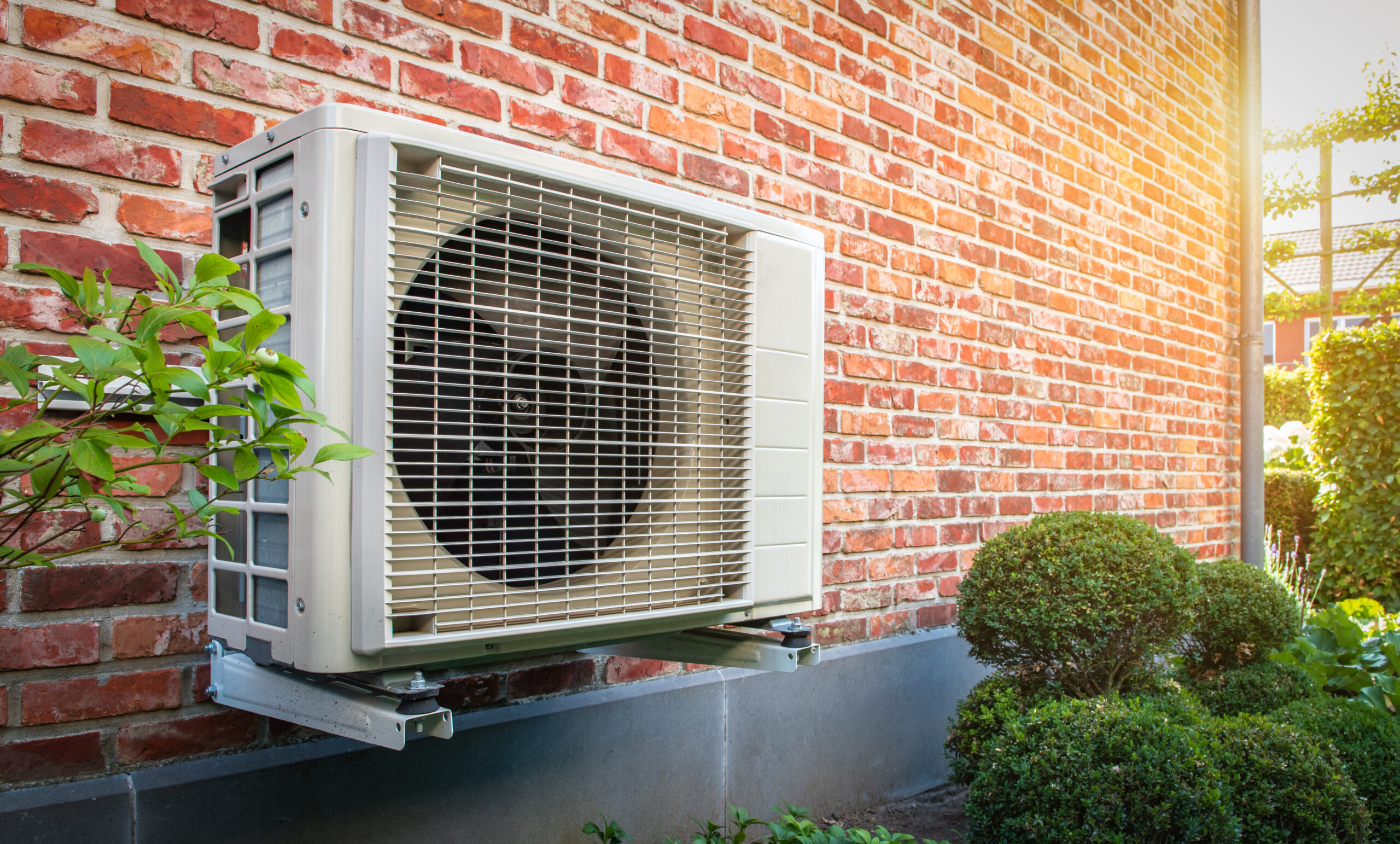Why Is My Sump Pump Not Working?
All homes with basements are vulnerable when it comes to heavy rains. Foundation cracks, old windows, stormwater backup, and leaky pipes all bring moisture to a basement. Sadly, even a little bit of water can do thousands of dollars of damage. Whether it’s to protect the investment of a finished basement, cherished belongings, or both, learn more about sump pumps and maintenance. Avoid the stressful discovery of your sump pump not working.
How A Sump Pump Works
A sump pump keeps your basement dry by pumping excess water away from your home. Installed in the lowest part of your basement, a sump pump is housed within a sump pit. A sump pit is a small container underneath the basement surface where unwanted water collects. As the pit fills with water, the pump turns on. Most turn on as a response to a pressure sensor or float activator arm.
The float activator is similar to the one in your toilet tank. When the water level rises to a certain mark, the pump kicks on. It starts pumping water through pipes to a place where it can drain away from the building. Typically, the pipe has a one-way valve called a check valve at the pump. This prevents water from flowing backward toward the pit.
Sump pumps keep unwanted water out before you even know it’s there and push it far away to prevent water damage. It’s a good idea to have a backup sump pump as well. If you have a finished basement or use it for storage, it’s worth the investment. The expense of time, money, and stress after water damage for restoration is much more than the cost of a couple of sump pumps.
The vast majority of Kansas City homes have basements, and many of these homes are older. Stormwater backups, leaky pipes, appliance failures, cracks in the foundation, gutter problems, and old windows can all bring moisture to a basement. It doesn’t take much water to create thousands of dollars worth of damage. The job of a sump pump is to solve this problem.
SUMP PUMP NOT WORKING? HERE ARE SOME COMMON REASONS:
- Dirt and Debris: The water in the sump pump filters through the soil surrounding your home’s foundation. When it arrives in the pit, it still has dirt and debris in it. Over time, this causes clogs and blockages within the pipes.
- Improper Installation: A trained professional must install the sump pump to ensure it works properly. A mistake in the installation process often leads to a sump pump not working and to serious water damage. Call us today to schedule a diagnostic appointment with an A.B. May plumber.
- Lack of Maintenance: Proper maintenance is vital for the longevity and capability of your sump pump. Regular maintenance is crucial. Most sump pumps last around 10 years. If you’re unsure of your pump’s age or capacity, get it checked out.
How to check a sump pump
It is important to test your sump pump on a regular basis to ensure it works properly when you need it. You can follow the instructions below to test your sump pump or schedule a sump pump inspection with A.B. May. We can also provide options for sump pump replacement, battery backup, or if you need a new sump pump installed.
- First, make sure your sump pump is connected to power and turned on. If necessary, reset the GFCI outlet.
- Locate the exit pipe. This is the pipe that drains water from the sump pump to an exterior location. Inspect the pipe and clear any dirt and debris. If it is clogged, remove everything that could cause the blockage.
- Trace the two electrical cords to the back of the pump and unplug them. Wait 30 seconds before plugging them back in.
- To test how well the sump pump is working, slowly pour three gallons of water into the pump pit until the float piece rises. The pump should automatically turn on and start pumping the water out of the pit. If it doesn’t do this, call A.B. May and a professional licensed plumber will help.
THINGS TO CONSIDER WHEN REPLACING YOUR SUMP PUMP
Sump pumps don’t last forever. It’s a good idea to think about purchasing a new one before it completely fails. Replacing the float and switch may also extend the life of your unit. When you are ready to replace your sump pump, there are a couple of features that may make a big difference in keeping your basement dry.
- Battery Backup. Giving your sump the ability to keep working for you when the power goes out is a significant advantage. Battery backup sump pumps automatically keep working even when a storm knocks out the power, which is most likely during heavy rain. Our technicians can explain the different models we have available.
- Horsepower. Sometimes, you just need more power. If your pump can’t keep up with water during thunderstorms, you may want to look into a ½ horsepower model instead of a ⅓ hp one.
A.B. May has several sump pump models, so you can choose the features most important to you. Give us a call today if you are looking for either a sump pump repair service or replacement. We’d love to answer any questions you have and keep your home working for you
Trust A.B. May to Repair a Sump Pump Not Working in Kansas City
A sump pump is a great tool to remove excess water before it can damage your home. When the heavy rains come you want to relax. You don’t need to worry about your sump pump not working. Call Kansas City plumbing experts A.B. May for sump pump maintenance, repairs, and installation.
If you find your sump pump not working – call A.B. May for repairs. A sump pump not working is an emergency service – so please call us right away. Waiting until morning often makes the damage so much worse. Whether you have an A.B. May Home Warranty or not, we’re available to solve your plumbing problems.
HOW TO KEEP YOUR BASEMENT DRY
A properly working sump pump is a great way to keep your basement dry, but it’s also important to keep water from entering at all. Here are some tips to keep rainwater from flooding your basement this year.
- Foundation cracks are the biggest reason water can seep into your basement. Use epoxy to seal minor cracks and have a professional take a look if you think you might have bigger concerns.
- Another simple solution is to clean your gutters and downspouts. When leaves clog gutters, the water starts pouring out in the wrong places and finds its way into your basement.
- Finally, install downspout extensions and window well covers. These simple DIY projects keep water moving away from your foundation and eliminate opportunities for water to enter.
Request Service
Fill out the form below, and we’ll contact you shortly to schedule your home service appointment.






